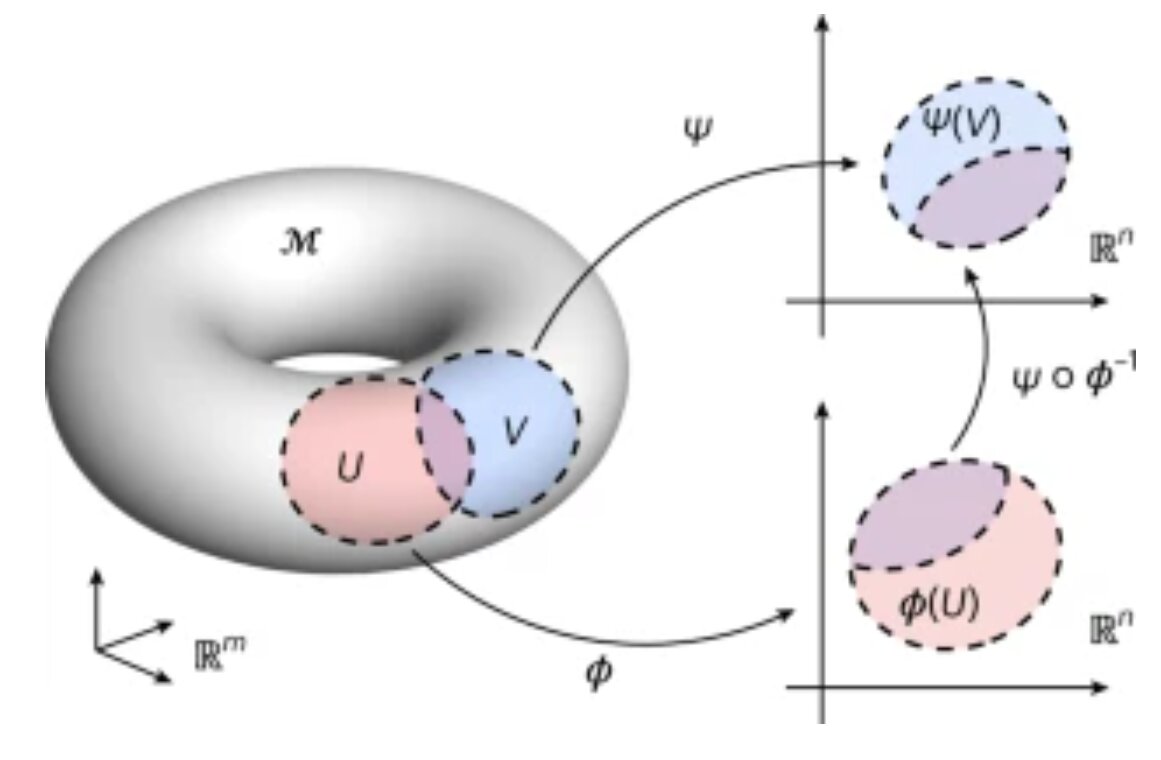Finding simplicity within complexity: Engineer develops method that can predict behavior, improve weather forecasting
Picture a tall stately grandfather clock, its long pendulum swinging back and forth, over and again, keeping rhythm with the time. Scientists can describe that motion with an equation, or dynamical model, and though there are seemingly hundreds of factors contributing to the sway, (the weight of the clock, the material of the pendulum, ad infinitum) there is only one variable necessary to describe the motion of the pendulum and translate it into math: the angle of the swing.
How long it took scientists and mathematicians to discover that is unknown. It could have taken years to test each variable in the equation to determine the single important variable for sway.
Now a University of Houston researcher is reporting a method to describe these kinds of complex systems with the least number of variables possible, sometimes reducing the possibility of millions to a minimal amount, and just one on rare occasions. It’s an advancement that can speed up science with its efficiency and ability to understand and predict the behavior of natural systems, and it has implications for speeding up an array of activities that use simulations from weather forecasting to production of aircraft.
“In the example of the grandfather clock, I can take a video of the pendulum swinging back and forth and from that video, automatically discover what is the right variable. Accurate models of system dynamics enable deeper understanding of these systems, as well as the ability to predict their future behavior,” reports Daniel Floryan, Kalsi Assistant Professor of Mechanical Engineering, in the journal Nature Machine Intelligence.
To begin building the compact-yet-accurate models, one principle is fundamental: For every action, even those seemingly complex and random, there exists an underlying pattern that enables a compact representation of the system.
“Our method finds the very most compact description that is mathematically possible, and that’s what differentiates our method from others,” said Floryan.
Using ideas from machine learning and smooth manifold theory, the method makes simulations extremely fast and inexpensive.
In one application, Floryan simulated a reaction between a couple of chemicals. The reaction resulted in complex behavior among the chemicals when they met: a repetitive rhythmic spiraling requiring more than 20,000 variables to simulate it. Floryan fed video of the reaction into his algorithm, and it discovered he needed just one variable to understand the action. The necessary variable was the time the spiral took to come back to where it started, like a second hand on a watch.
Regarding weather prediction, numerical models are computer simulations of the atmosphere that use complicated physics and fluid dynamics equations.
“For weather prediction and climate modeling, if you have something that is much faster you can better model the earth’s climate and better predict what’s going to happen,” said Floryan.
Daniel Floryan, Data-driven discovery of intrinsic dynamics, Nature Machine Intelligence (2022). DOI: 10.1038/s42256-022-00575-4
Citation:
Finding simplicity within complexity: Engineer develops method that can predict behavior, improve weather forecasting (2022, December 8)
retrieved 8 December 2022
from https://techxplore.com/news/2022-12-simplicity-complexity-method-behavior-weather.html
This document is subject to copyright. Apart from any fair dealing for the purpose of private study or research, no
part may be reproduced without the written permission. The content is provided for information purposes only.
For all the latest Technology News Click Here
For the latest news and updates, follow us on Google News.

